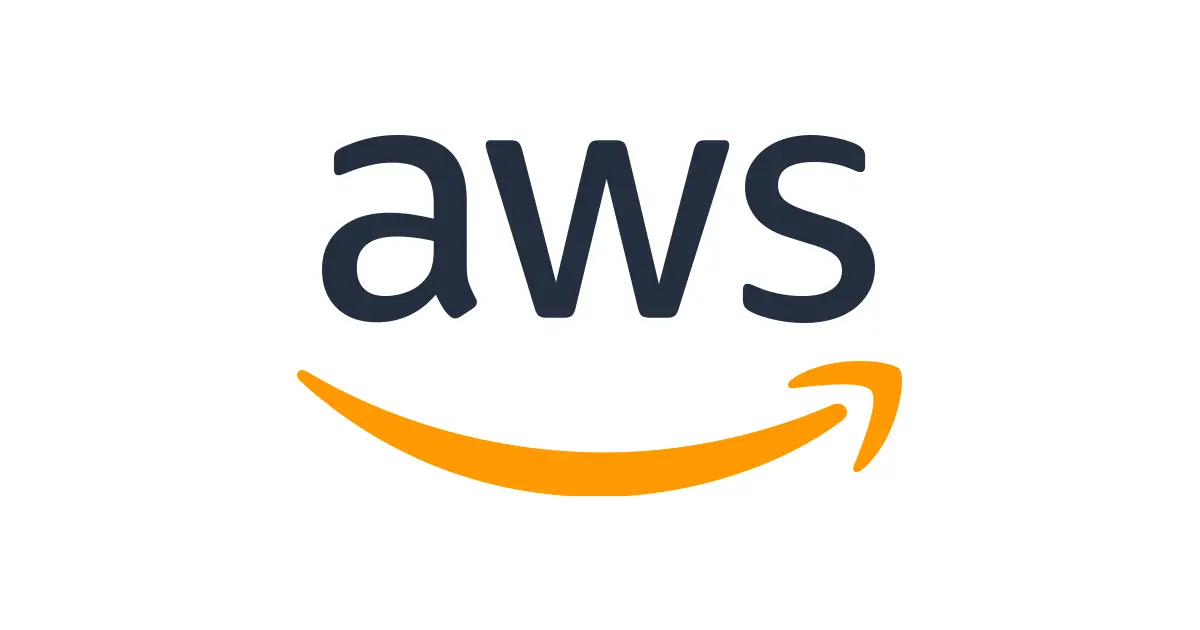Introduction
As businesses increasingly rely on Amazon Web Services (AWS) for their cloud infrastructure, ensuring robust security measures is paramount. In this comprehensive guide, we’ll delve deep into AWS security best practices, equipping you with the knowledge needed to safeguard your AWS environment effectively.
1. Embrace the Principle of Least Privilege (PoLP)
The PoLP is the cornerstone of AWS security. It entails granting users, systems, and applications the least amount of access necessary to perform their tasks. By adhering to this principle, you minimize the risk of unauthorized access and potential security breaches. Regularly review and refine permissions to align them with the principle.
2. Implement Multi-Factor Authentication (MFA)

MFA adds an extra layer of security to AWS accounts and IAM users. It requires users to provide two or more verification methods before gaining access, significantly reducing the risk of unauthorized access even if login credentials are compromised. Enable MFA for all users and root accounts.
3. Leverage Identity and Access Management (IAM)

IAM is a powerful tool for organizing and managing access to AWS resources. Create distinct IAM users, groups, and roles to control access precisely. Utilize IAM policies to define permissions, and avoid sharing root account credentials. Long-term access keys should be used sparingly, if at all.
4. Encrypt Data at Rest and in Transit
Encrypting data is a fundamental security practice. AWS offers tools like AWS Key Management Service (KMS) to manage encryption keys. Ensure that sensitive data is encrypted at rest, whether it resides in Amazon S3, EBS volumes, or RDS databases. Additionally, secure data in transit by using HTTPS, SSL/TLS protocols, or VPN connections.
5. Implement Comprehensive Monitoring with AWS CloudTrail
AWS CloudTrail records API calls and changes to your AWS resources, providing valuable audit trail information. Set up Amazon CloudWatch to monitor AWS resources in real-time and configure alerts for unusual or suspicious activities. This proactive approach allows you to respond swiftly to potential security incidents.
6. Secure Your AWS Infrastructure
Proactively secure your AWS infrastructure by keeping software and systems up to date. AWS security groups and Network Access Control Lists (NACLs) enable you to control inbound and outbound traffic, reducing exposure to potential threats. Isolate critical resources within Virtual Private Clouds (VPCs) to add an extra layer of security.
7. Develop Backup and Disaster Recovery Plans
Automated backups are crucial for data and service resilience. Develop comprehensive disaster recovery plans that include regular testing to ensure business continuity in the event of an incident. Regularly update and test your backups to minimize downtime.
8. Continuous Monitoring and Auditing
Frequent audits are essential for identifying vulnerabilities and misconfigurations. Tools like AWS Trusted Advisor and third-party security solutions help you conduct in-depth assessments. Continuously monitor and audit your AWS environment to stay ahead of potential threats.
9. Educate Your Team
Invest in security training and awareness programs for your team. Educated users are more likely to follow security best practices and recognize potential threats. Encourage a culture of security within your organization.
10. Stay Informed
AWS security is an ever-evolving field. Stay informed about the latest security updates, announcements, and best practices from AWS. Leverage the wealth of documentation and resources provided by AWS to enhance your knowledge and adapt to emerging security trends effectively.
Conclusion
By diligently following these AWS security best practices, you can establish a robust defense against potential threats and secure your cloud infrastructure effectively. Remember that security is not a one-time task; it’s an ongoing process. Regularly assess and adapt your security measures to stay ahead of evolving threats and maintain the integrity of your AWS environment.
Do you want to optimise your AWS cost? Checkout the article here.

Leave a Reply